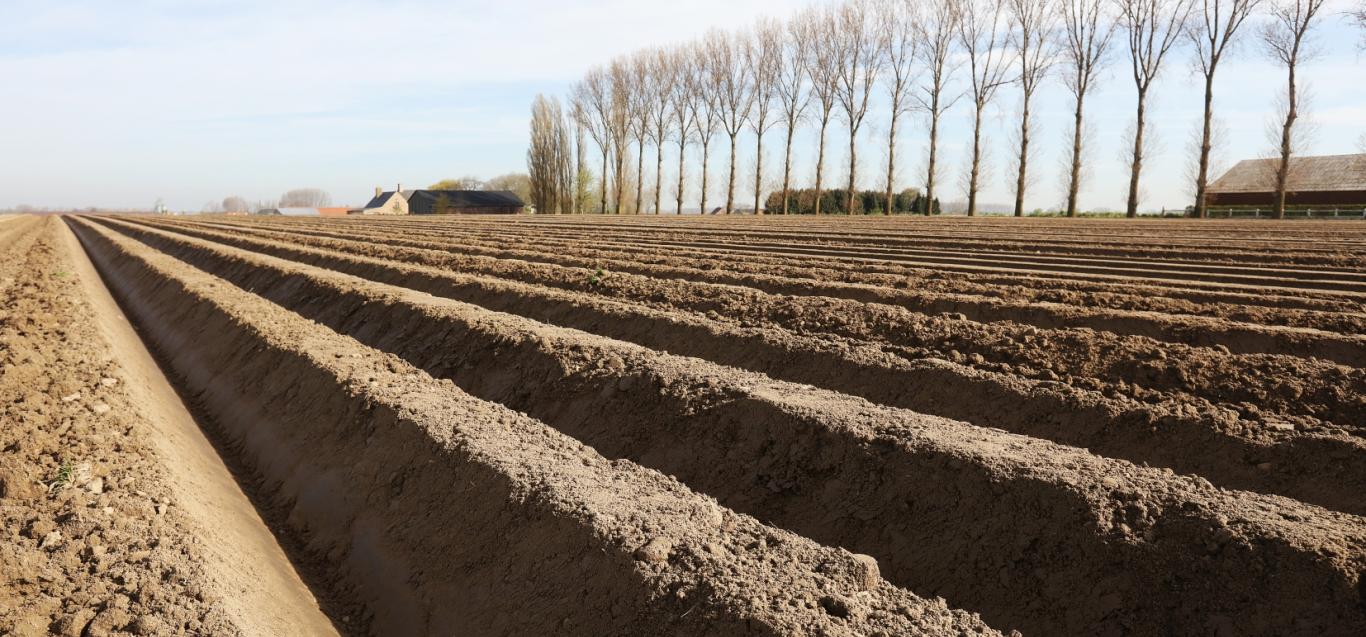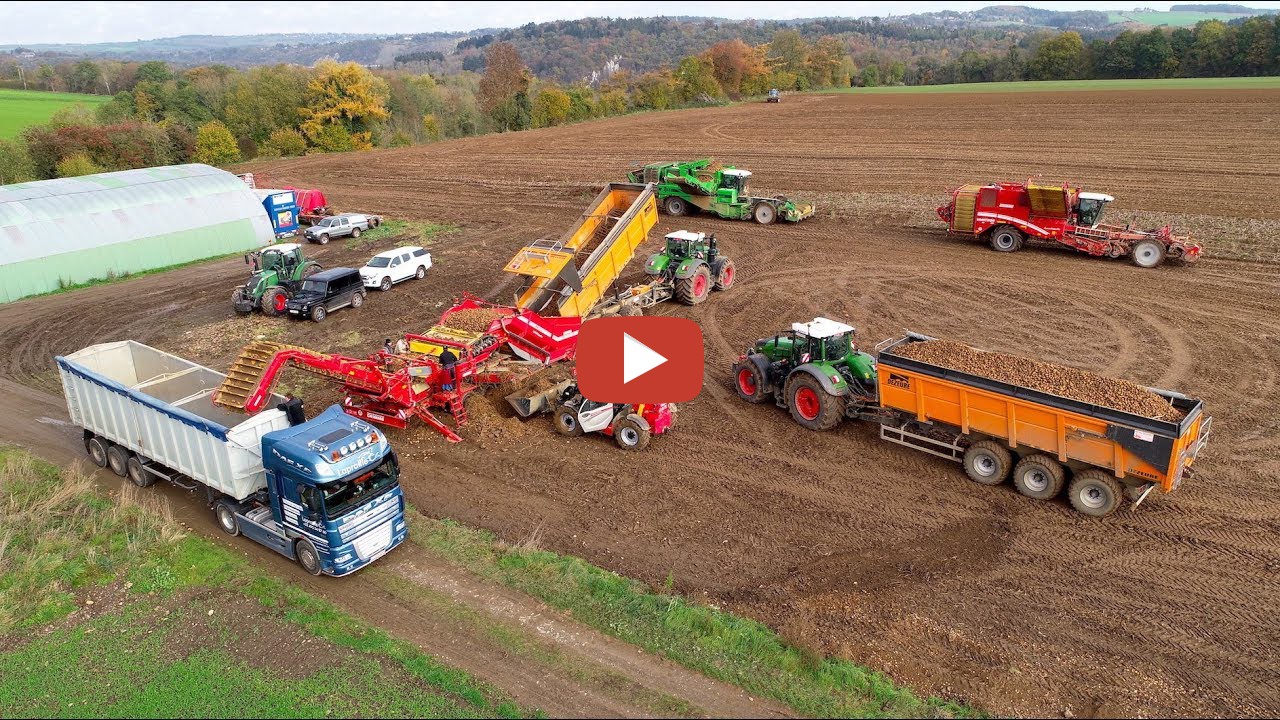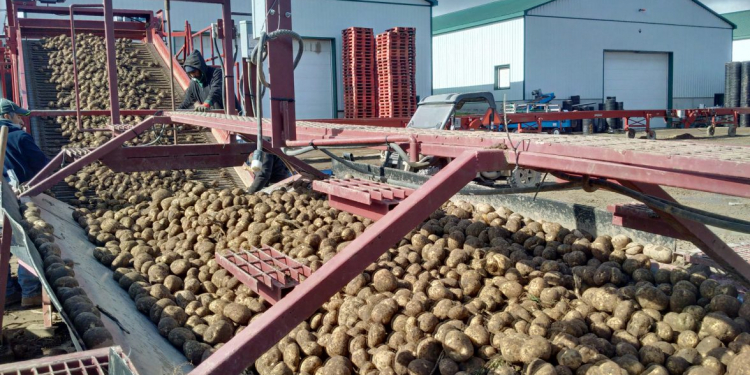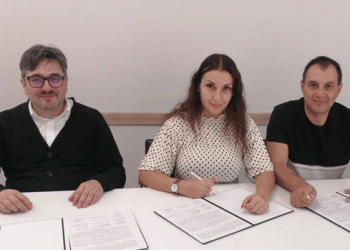After one of the wettest summers in recent decades, potato crop conditions at the end of the harvest period were not always easy in most countries. France was the exception with a very easy and fast harvest.

Difficult potato harvest conditions in Belgium, the Netherlands and Germany
In many cases, farmers postponed their harvest in anticipation of rain to improve their harvesting conditions, but rainfall resulted in a difficult harvest in the end. From the end of September to the beginning of November, potato harvesters were running at 60 to 70 percent of their capacity, which slowed down the whole harvesting process considerably.
Potato harvest 2021: differences in yields and quality
Across the board, gross yields in the various countries are average to good, although there are differences per region. The expectation is that the net income will be lower. Primarily due to a significant amount of losses in the field from water damage. But the necessary quality problems such as hollow hearts, split potatoes and growth cracks are also frequently encountered. In addition, storage problems, which in some cases already exist, can cause a higher tare. But the industry, which is running at full capacity, desperately needs all the potatoes and doesn’t seem to make much of a fuss about the quality.
- Belgian seed potatoes are above all exported to our neighbours, France and the Netherlands. Together, they represent a 80% share. Noticeable names on the list of markets include the North African countries like Egypt, Lebanon and Libya, that purchase generous volumes.
- The Netherlands is by far the most important buyer of fresh Belgian potatoes, with a share of 70% in 2019. France and Germany follow with 19% and 5% respectively.

Harvest forecast 2021 NEPG
In 2021, the potato area in the EU-4 decreased by approximately 24,000 ha, from 522,000 to 498,000 ha. Production is about 22.7 million tons, which is 700,000 tons less than in 2020. This decrease, combined with the recovery of most export flows of processed products, leads to a certain balance between supply and demand. Nevertheless, the free markets remain reasonably intact due to the reluctance of growers to sell, and due to the smooth sale of processed product. Factories have trouble rebuilding supplies.
On the other hand, however, the manufacturing sector also faces supply difficulties and cost increases for some inputs (energy, oils, packaging, labour), while furthermore, remote exports remain dependent on the possible resurgence of Covid-19 around the world. Despite these uncertainties, most insiders nevertheless expect balanced markets throughout the season, with producer prices at least comparable to contracts.
Significantly higher contract price is needed
In the last year, several production costs have increased enormously. Costs for diesel and electricity have increased exceptionally, while costs for fertilizers are also skyrocketing. But also costs for crop protection are considerably higher, on the one hand due to expensive resources and on the other hand due to a high disease pressure.
At the same time, the selling prices for grains and rapeseed have also increased, making these crops more interesting and certainly much less risky than potato cultivation. Potato cultivation entails increasing risks, both financially (higher production costs) and with regard to climate change. The contract prices for the current season decreased by €0.50/100 kg to €2.00/100 kg compared to last year, depending on the type of potato (early or main harvest, variety and country). The NEPG believes that contract prices should increase by at least €3 to €4/100 kg before 2022/2023 to make cultivation interesting and worth considering for growers. If not, a further reduction of the acreage would be the solution for a better financial situation for the growers.
Source: VTA









